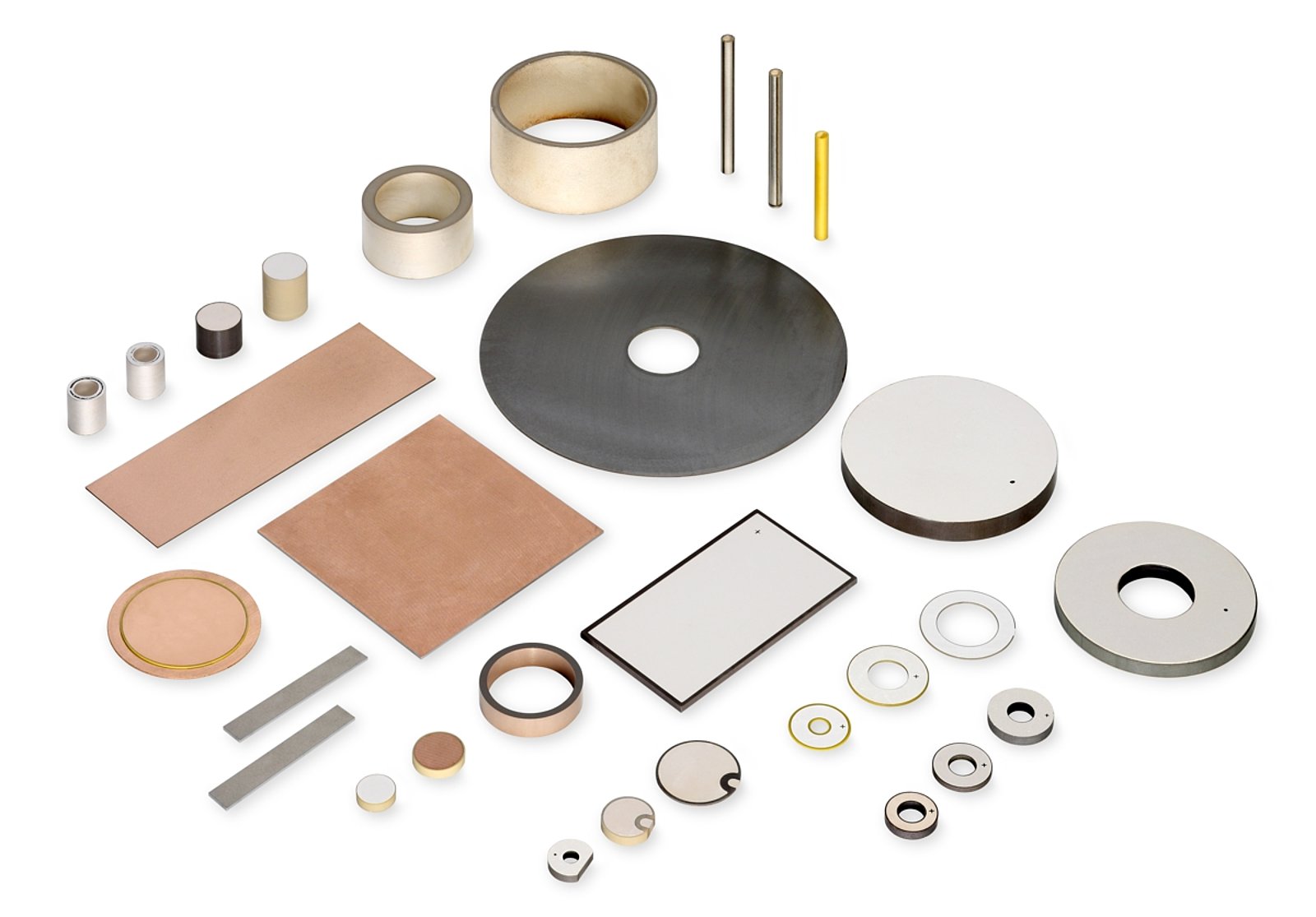PZT (lead zirconate titanate) is a piezoelectric ceramic material with a crystalline perovskite structure which is commonly used in high temperature and sensitivity applications. PZT-based piezoceramics excite attention since they offer excellent piezoelectric properties to design different sensors and actuators.
Characteristics of lead zirconate titanate nano powders/micron powders:
- Wide range of frequencies transmitted and received (sub-audible, audible, ultrasonic)
- High performance, low drive material
- High frequency, quick response time
- High sensitivity for active or passive use
- Ability to use low-voltage or high-voltage drive circuits
- Good mechanical and acoustic coupling
- Wide range of shapes and sizes that can be customized to specific requirements and applications
- Wide range of compositions that can be selected to meet specific requirements and applications.
PZT is a machinable ceramic that can be precisely dimensioned into tubes, rings, disks, plates and hemispheres. The material is also versatile from a forming aspect as it can be net shaped by pressing, extruding and casting into the same shapes as well as complex components including co-fired bimorphs and multilayer actuators. Sizes vary from centimeters to microns to nanometers. Electrode choices include nickel-chrome, gold, tin, aluminum and vanadium fired silver, electroless nickel, sputtered or deposited vacuum.

The attributes of lead zirconate titanate nano particles to produce an electrical charge when mechanically compressed or vibrating when applied with an electrical charge make it very conducive to passive sensing. PZT materials, and piezoelectric materials in general, present a unique range of properties. Simply, if a piezoelectric material is deformed, an electric charge is generated in what is known as the piezoelectric effect. Hence, this material could be the solution to the “limited battery life” problem of the modern low-power devices like embedded structural health monitoring (SHM) system and microelectromechanical systems (MEMSs) where the replacement of the old battery is very costly or even impossible sometimes under some specific conditions.
Lead zirconate titanate (PZT) nano powders can be used in;
- Medical products (Doppler blood flow, oncology therapy (high intensity ultrasound focused), imaging, level sensing, intraoperative ophthalmology tools (phacoemulsification), dental decaling, general surgery, tissue ablation, delivery of medication, hearing improvement, bubble detection)
- Undersea exploration (sonar, beacons, imaging, current meters)
- Aerospace (gyroscopes, accelerometers, level sensing)
- Consumer products (ultrasonic toothbrushes, jewelry cleaners, contact lens cleaners, hard drives for computers, touch screens, integrated, ultra-thin speakers and cosmetic enhancement)
- Industrial and commercial (flow and level sensors, ultrasonic cleaning, ultrasonic welding, intrusion alarms, positioning of fabric needles, soldering, machine vibration monitoring, bubble detection, sonochemistry for improved chemical mixing)
- Telecommunications (optical switching of telecom lines, buzzers and alarms, Haptics feedback, cell phone cameras)
- Automotive (power seat controls, reversal / collision avoidance sensors, anti-knock sensors)
- Scientific research (nano-positioning and analytical tools, microscopy scanning, advanced acoustics)
- Oil exploration (flow and level sensors, down hole monitoring of drilling tools).
Comments
Post a Comment